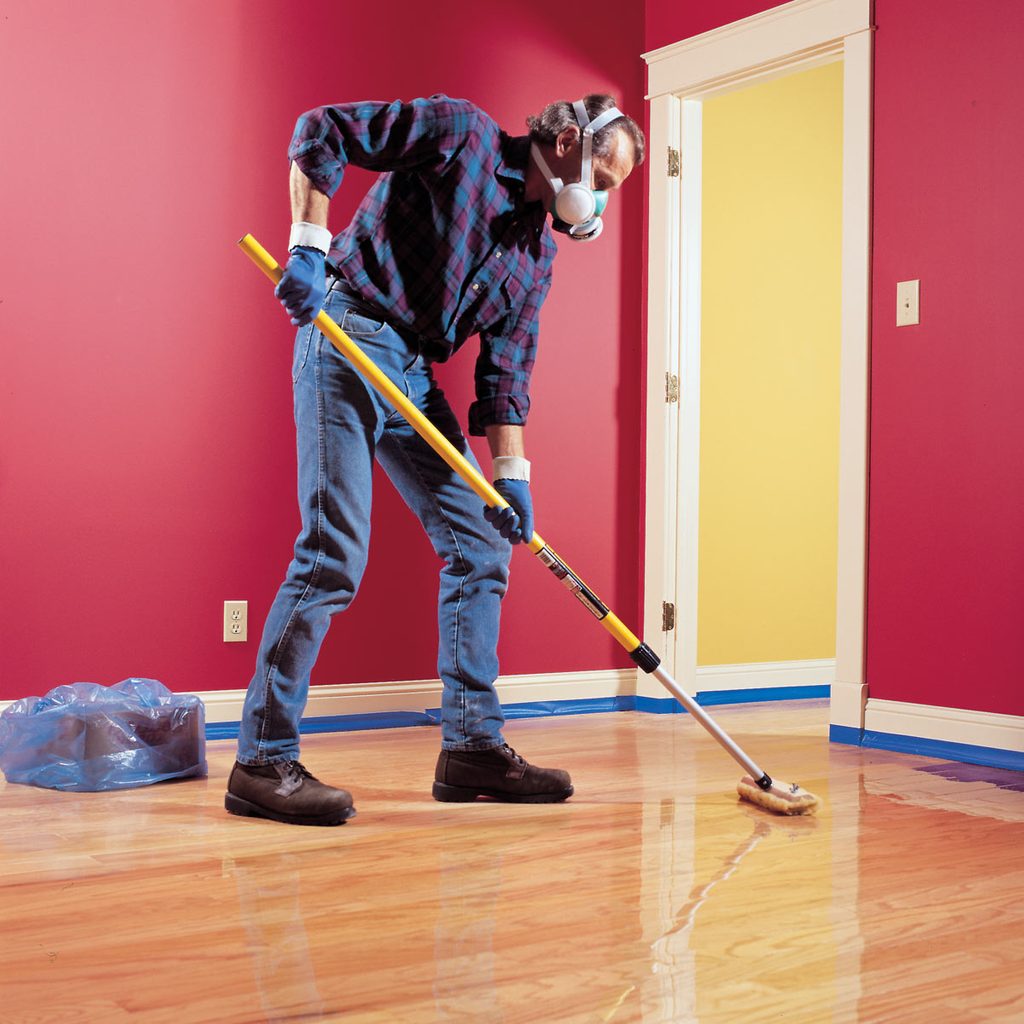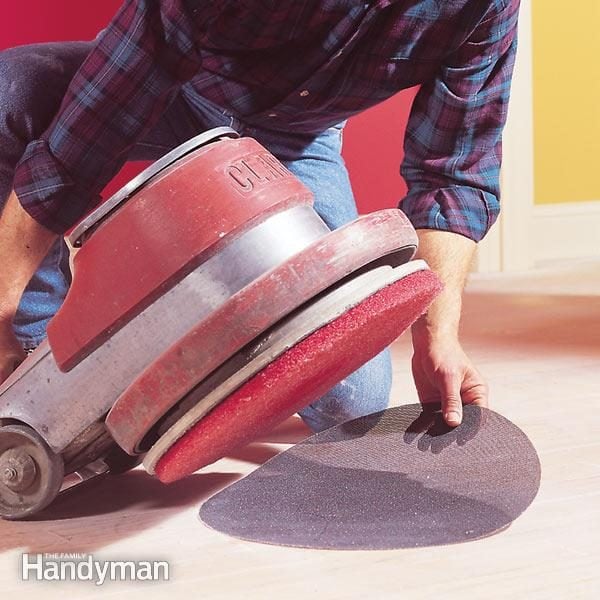Can You Put Oil-Based Polyurethane Over Water-Based Polyurethane?
Updated: Oct. 10, 2023

Can you put oil-based polyurethane over water-based polyurethane? After all, knowledge of polyurethane products and good preparation is the key.
Recoating a water-based acrylic floor finish with oil-based polyurethane is an achievable project for a DIYer. Just make sure the old finish is properly buffed and you thoroughly clean the hardwood floors before applying the new finish. Here’s everything you need to know.
On This Page
Oil vs. Water-Based Polyurethane
Oil-based and water-based polyurethane are two common types of finishes used for hardwood floors. Each type has its own advantages and considerations, making it important to understand the differences between the two before selecting the most suitable option for your flooring project.
Oil-based polyurethane
Oil-based polyurethane offers a deeper and richer color compared to water-based polyurethane. This type of finish can enhance the natural warmth and richness of darker hardwood floors. Oil-based polyurethane takes longer to dry and has a stronger odor during application and curing, though it tends to build up faster resulting in fewer coats. However, it provides a more durable and resilient finish, making it a suitable choice for high-traffic areas. Additionally, oil-based polyurethane is more resistant to water, chemicals, and heat than its water-based acrylic counterpart.
Pros
- Provides a rich, deep finish that enhances the wood’s beauty.
- Offers superior durability and resistance to scratches, chemicals, and heat.
- Requires fewer coats for a complete finish.
- Has a longer working time, allowing for easier application.
Cons
- Emits strong fumes during application and drying.
- Longer drying time, which can delay project completion.
- Yellowing may occur over time, especially on light-colored woods.
- Cleanup requires the use of mineral spirits or other solvents.
Water-based polyurethane
Water-based polyurethane is a popular choice due to its quick drying time and low odor. It is also known for its clarity, which allows the natural beauty of the wood flooring to shine through. This type of finish is less likely to yellow over time compared to oil-based polyurethane, making it a preferred option for light-colored hardwood floors. Water-based polyurethane also provides excellent protection against surface scratches, stains, and wear.
Pros
- Low odor and quick drying time, enabling faster project completion.
- Does not yellow over time, maintaining the wood’s natural color.
- Easy cleanup with soap and water.
- Environmentally friendly, as it contains lower levels of volatile organic compounds (VOCs).
Cons
- May require more coats for a complete finish.
- In comparison with oil-based polyurethane, it is less resistant to water, heat, and chemicals.
- The application can be tricky due to the quicker drying time.
- May raise the wood’s grain, requiring additional sanding between coats.
Begin with a Screening
In general, flooring wholesalers and experienced floor finishers agree that water-based poly can be recoated with oil-based poly provided the original coating has been completely cured, which usually takes 30 to 60 days. You’ll have to lightly buff the old finish with a power buffer to prepare it for the new polyurethane.
- Rent a power buffer and buy a fine (150-grit) screen. Use a light touch to avoid cutting through the finish and into the stained wood. Before applying the polyurethane, thoroughly vacuum the floor and then wipe up the remaining dust with a cloth dampened with mineral spirits.
- Ventilate the area well and wear a respirator rated for organic fumes (follow the label warnings on the polyurethane can) when applying the finish.
- Apply a thin and even coat of polyurethane in long, steady strokes, working with the wood grain. Start at the farthest corner of the room and work your way toward the exit to avoid stepping on the freshly coated floor. Avoid excessive brushing or overlapping strokes to prevent streaks or bubbles.
- Once the first coat is dry, lightly sand the hardwood floor using fine-grit sandpaper to smooth out any imperfections or raised grain. After sanding, clean up the dust with a tack cloth and vacuum.
- Apply polyurethane coats following the same process as the first coat. Typically, three coats are recommended for optimal durability and protection. Remember to let each coat dry fully before applying the next.
Stay off the floor overnight and give it a few days to cure before bringing in furniture or laying down area rugs on hardwood floors.
